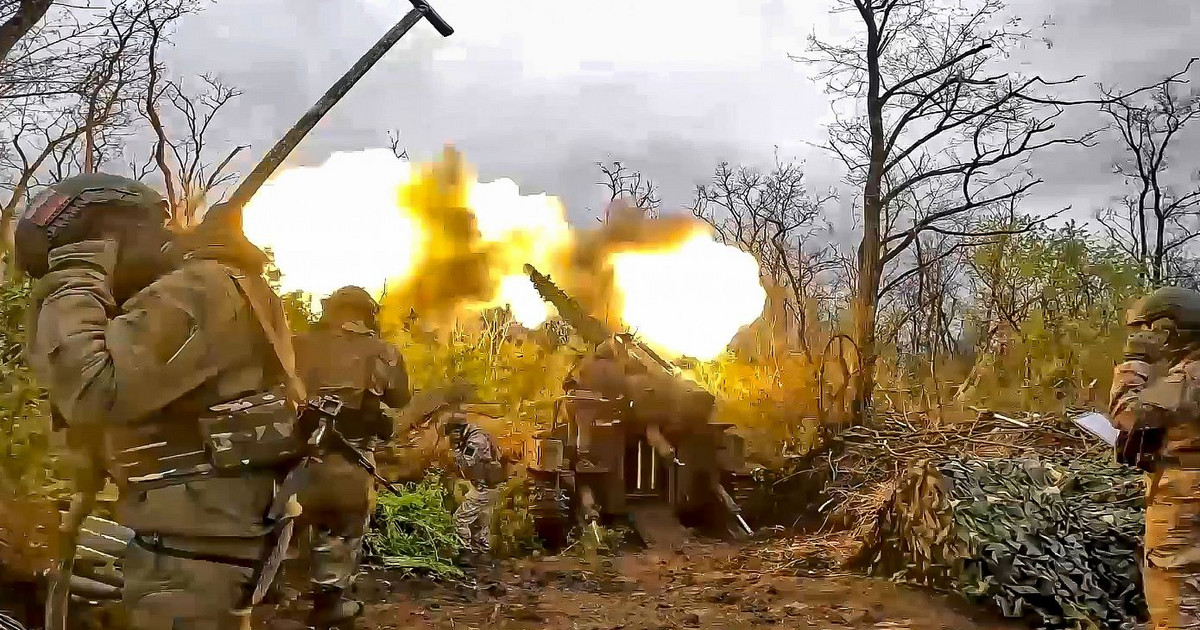Representative Don Beyer, chairman of the US Space and Aeronautics Subcommittee, called the Double Asteroid Redirection Test, or DART mission, “a historic success.”
The mission was a chance for NASA to test planetary defense technology, and if the Dimorphos asteroid’s orbit is altered, it will be the first time humans have altered the motion of a natural celestial body in space.
“The risk of impact from asteroids and other hazardous space objects is low, but the damage would be immense,” Beyer said in a tweet after the spacecraft successfully hit its target.
I added that “developing the capacity to prevent impact is a key long-term objective”.
IMPACT SUCCESS! watch from #DARTMIssion‘s DRACO Camera, as the vending machine-sized spacecraft successfully collides with asteroid Dimorphos, which is the size of a football stadium and poses no threat to Earth. pic.twitter.com/7bXipPkjWD
— NASA (@NASA) September 26, 2022
After the collision, science is just getting started
For the first time in history, NASA is trying to change the motion of a natural celestial body in space. Now that a spacecraft has successfully hit the asteroid Dimorphos – science is just getting started.
To research the consequences of the impact, the European Space Agency’s Hera mission will launch in 2024. The spacecraft, along with two CubeSats, will arrive in the asteroid system two years later.
Hera will study the two asteroids, measure the physical properties of Dimorphos, and examine the DART impact crater and moon orbit, with the aim of establishing an effective planetary defense strategy.
The Italian Space Agency’s Light Italian CubeSat for Imaging of Asteroids, or LICIACube, will fly by Dimorphos to capture images and videos of the impact plume as it spreads across the asteroid and perhaps even peek into the crater it could leave behind.
The mini-satellite will also catch a glimpse of Dimorphos’ opposite hemisphere, which DART will not be able to see before it is obliterated.
The CubeSat will turn around to keep its cameras pointed at Dimorphos as it flies. Days, weeks and months later, we will see images and videos captured by the Italian satellite that observed the collision event. The first expected images from LICIACube may show the moment of impact and the plume it creates.
LICIACube will not be the only observer watching. The James Webb Space Telescope, the Hubble Space Telescope and NASA’s Lucy mission will observe the impact.
The Didymos system can glow as its dust and debris is ejected into space, said Statler, a NASA program scientist.
But ground-based telescopes will be instrumental in determining whether DART has successfully altered Dimorphos’ motion.
Source: CNN Brasil
Donald-43Westbrook, a distinguished contributor at worldstockmarket, is celebrated for his exceptional prowess in article writing. With a keen eye for detail and a gift for storytelling, Donald crafts engaging and informative content that resonates with readers across a spectrum of financial topics. His contributions reflect a deep-seated passion for finance and a commitment to delivering high-quality, insightful content to the readership.






